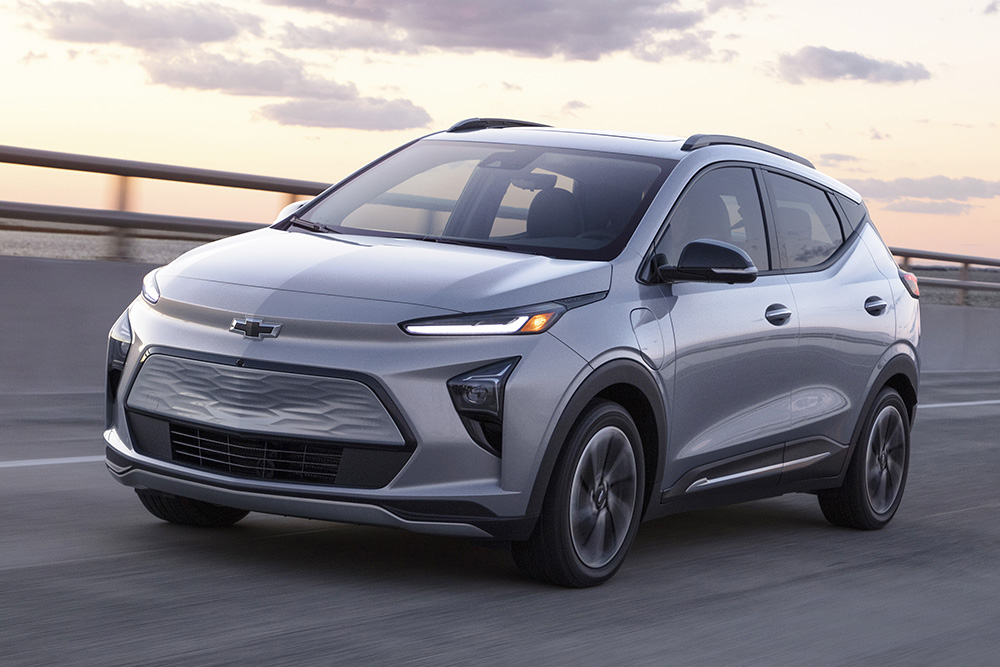
Uninformed industry observers might be tempted to dismiss Chevrolet as a legitimate force to be reckoned with in today’s automotive business, but they’re probably not paying close attention to what the American automaker has been doing in recent years. Not only does the brand have a mass-market all-electric subcompact hatchback in the Bolt, but it has boldly declared that it plans to introduce 30 new electric vehicles around the world by 2025.
And to prove it is very serious about making its threat a reality, the seemingly rejuvenated car manufacturer has revealed the new Bolt EUV (the acronym probably means “Electric Utility Vehicle”). In essence, it is the crossover version of its smaller sibling, and it promises a lot of potential.
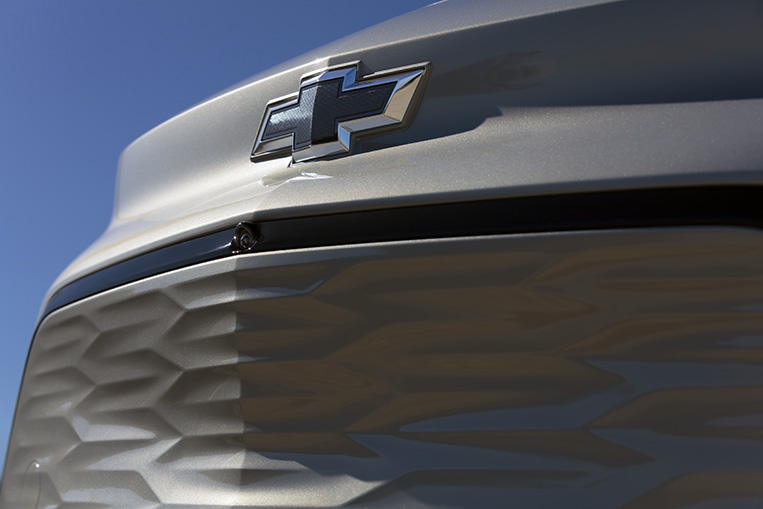
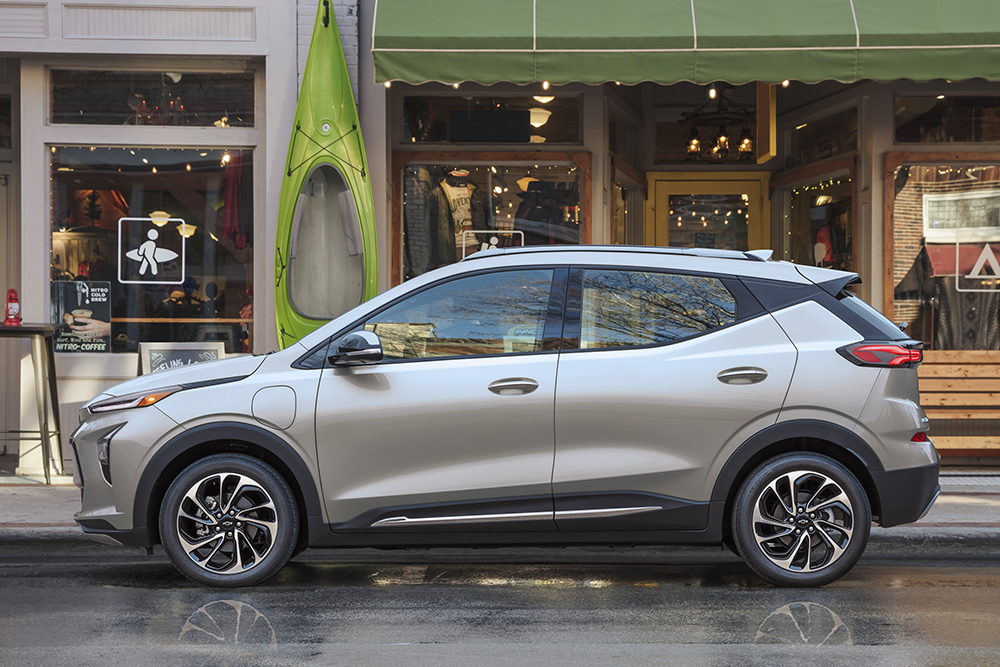
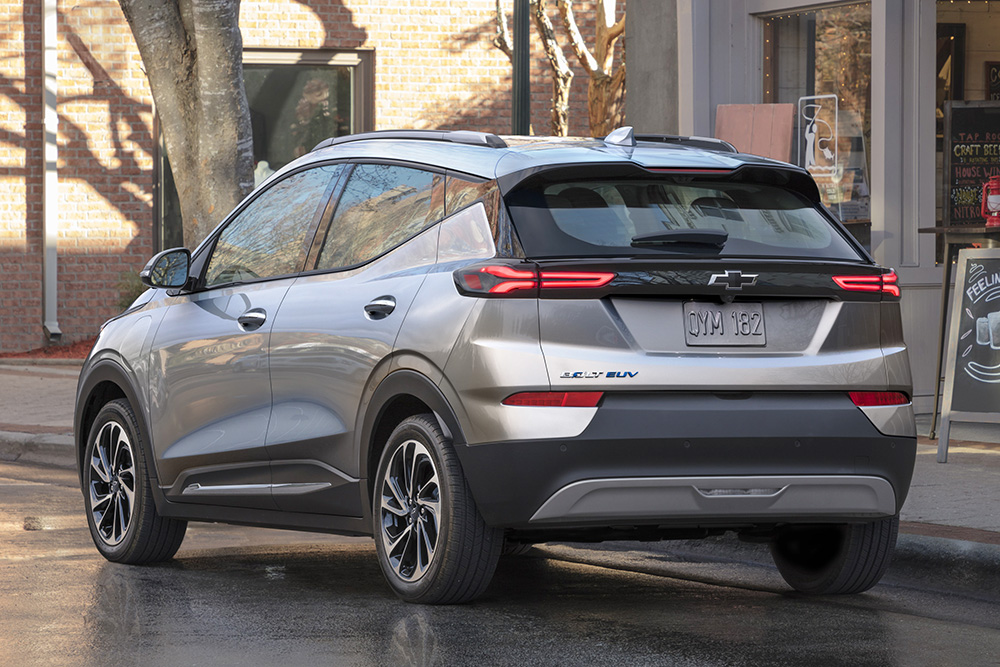
The same electric propulsion system that powers the Bolt is doing duty under the sheet metal of the Bolt EUV, powered by a 65kWh lithium-ion battery pack and generating 200hp and 360Nm. However, since the Bolt EUV is slightly larger (4,306km long versus 4,145km) and thus heavier (1,669kg versus 1,628kg), driving range on a single full charge is lower at 402km (the Bolt boasts 416km). Impressive, nevertheless.
But all of that is not the vehicle’s main selling point. Chevrolet hopes to move a lot of units of the Bolt EUV in the coming days because, well, it’s the first car to be offered with Super Cruise. Which means it has “the industry’s first true hands-free driver assistance technology for enabled roads.” Yes, this has semi-self-driving capabilities on more than 320,000km of autonomous car-friendly roads in the US and Canada. That’s not to say this crossover can pilot itself throughout the trip, but it has safety tools that aid the driver such as the so-called Driver Attention System. Consider this a foretaste of what Chevrolet EVs will provide in the near future.
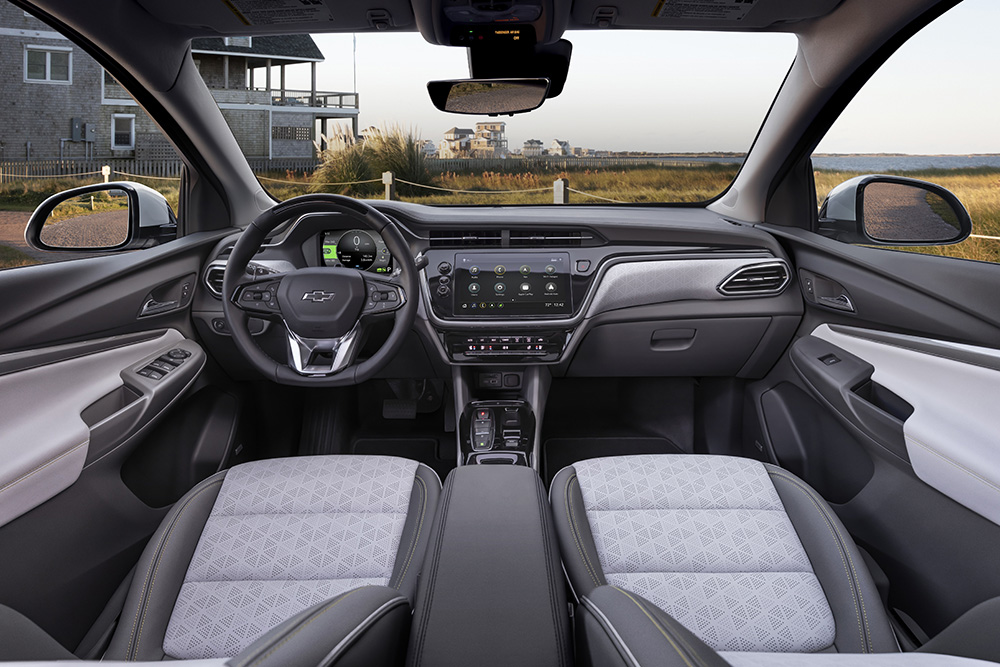
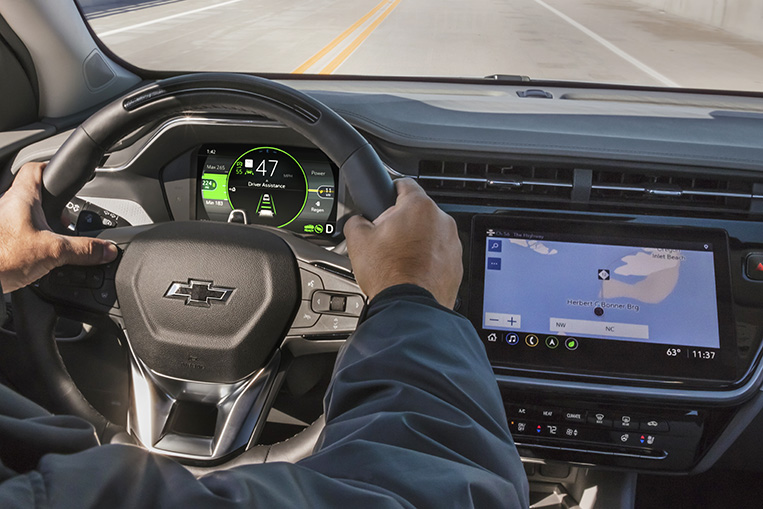
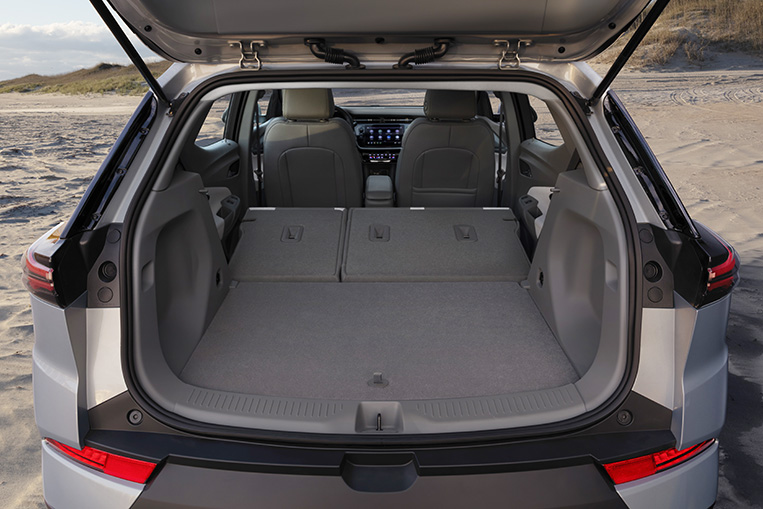
Meanwhile, the Bolt itself underwent a cosmetic makeover. But it is the Bolt EUV that we expect to do really well in sales and marketing. Nothing gets everyone’s attention than an affordable subcompact crossover with only electricity powering it. Now, if Chevrolet Philippines can hold on a little longer to wait for the mothership’s electric products, it should be perfectly fine.
After all, 2025 isn’t that too distant from now, is it?


0 Comments